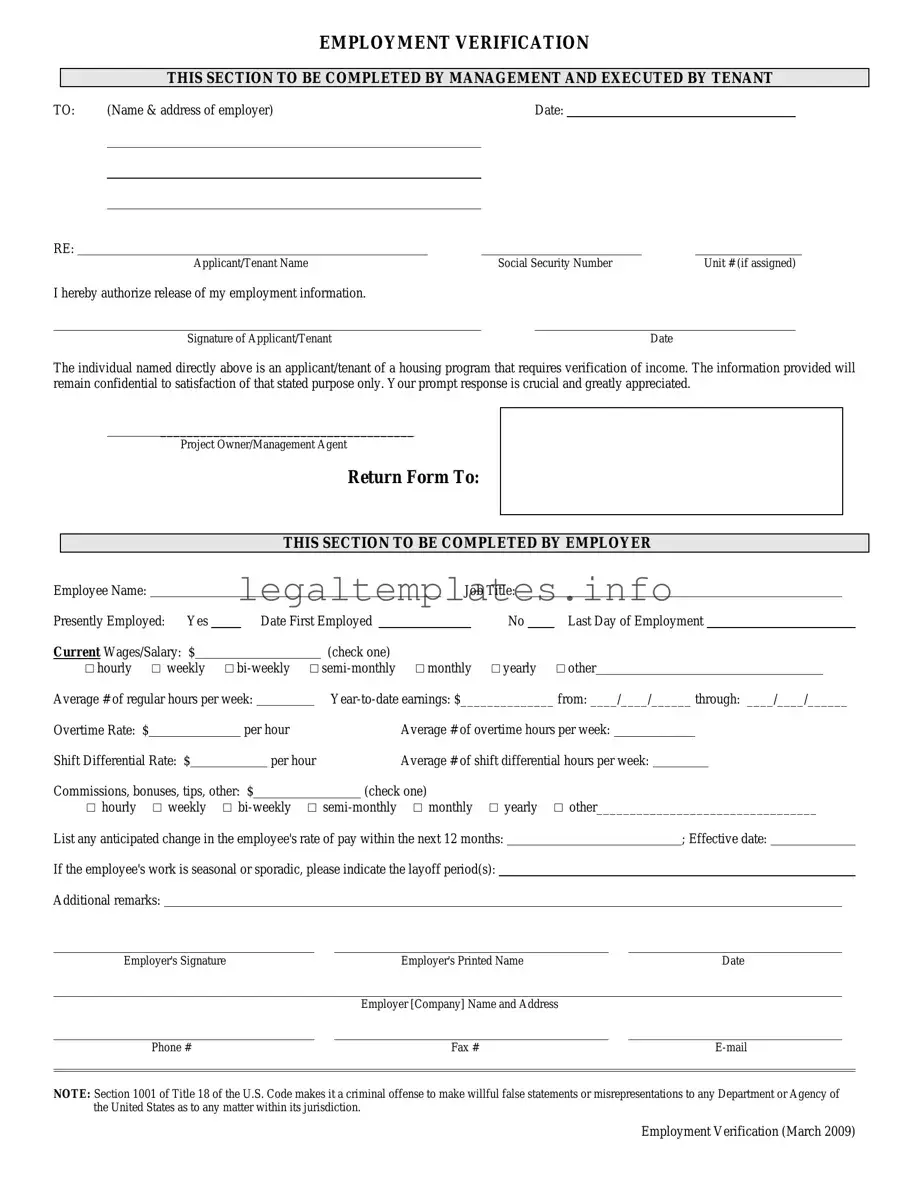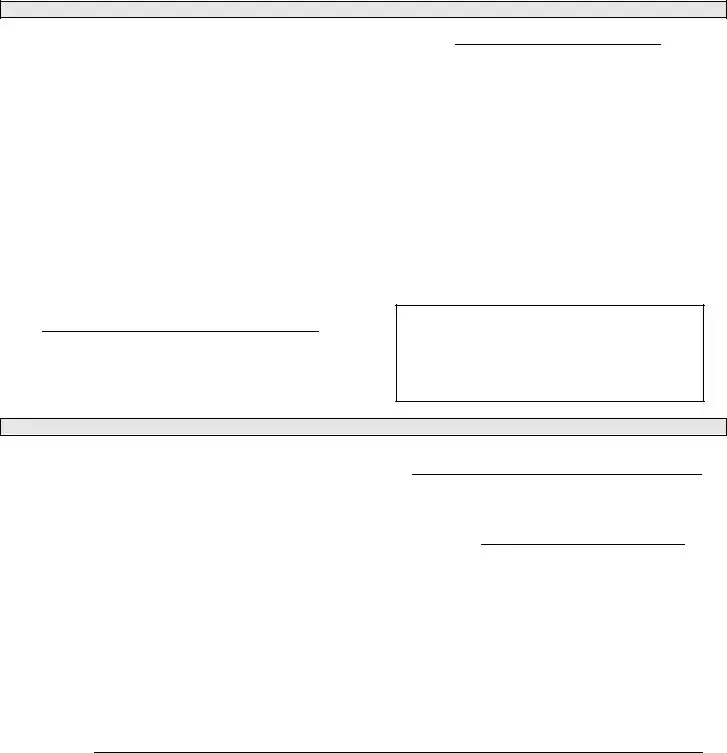What is an Employment Verification Form?
An Employment Verification Form is a document used by employers to confirm the employment status, salary, and job history of current or former employees. This form may be requested by banks, landlords, or future employers.
Who needs to fill out an Employment Verification Form?
The employer or the HR department is typically responsible for filling out an Employment Verification Form upon request from an authorized party such as a bank, a prospective landlord, or another employer.
What information is required on an Employment Verification Form?
The form usually requires details such as the employee's full name, job title, dates of employment, current or last salary, and sometimes job responsibilities. It may also ask for the employer's contact information.
How can someone request an Employment Verification Form?
An employee, potential landlord, lender, or future employer can request this form. However, employee consent is often required to release employment information due to privacy laws.
Is consent from the employee needed to release information?
Yes, employee consent is generally required to release employment information to protect the employee's privacy. Consent is usually obtained through a written authorization from the employee.
How is the Employment Verification Form submitted?
The submission process varies but typically, the completed form can be sent via email, fax, or traditional mail to the requesting party, depending on their preference.
Are there any legal implications for inaccurately filling out the Employment Verification Form?
Yes, providing false or misleading information on an Employment Verification Form can have legal implications. Employers must ensure the information is accurate and truthful to the best of their knowledge.
Can the Employment Verification Form be completed online?
Yes, in many cases, the Employment Verification Form can be completed and submitted online, especially if the employer uses digital HR systems. However, the availability of an online submission process depends on the employer's procedures.

